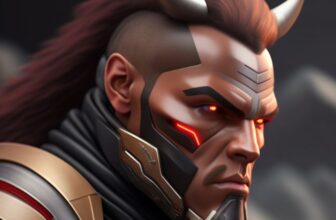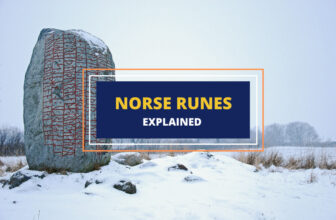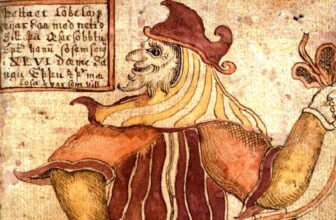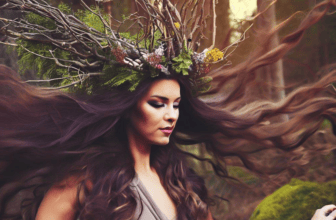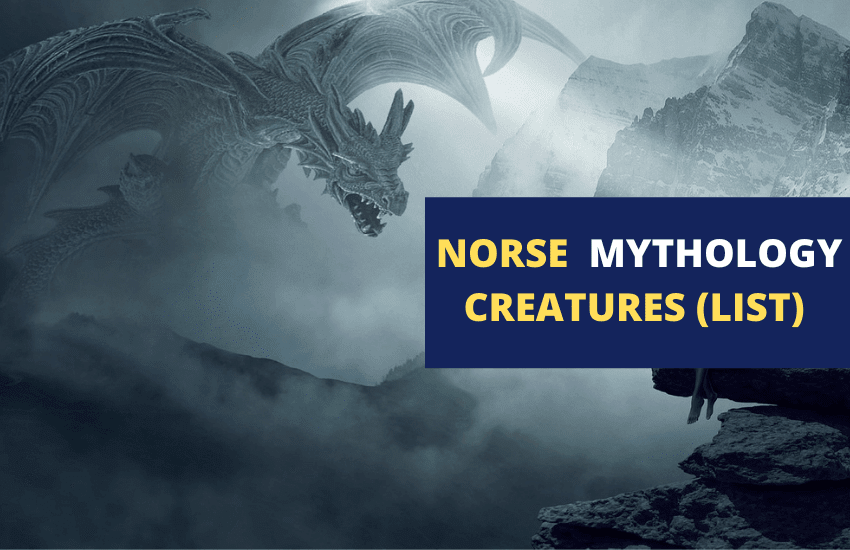
Table of Contents
The nine worlds of Norse mythology are full of bizarre mythical creatures such as giants, dwarves, elves, norns and the Kraken.
While Norse mythology is predominantly about the Norse gods, these creatures flesh out the stories, challenging the gods and changing destiny.
In this article, we’ve rounded up a list of 15 of the most well-known Norse mythology creatures and the roles that they played.
1. Elves
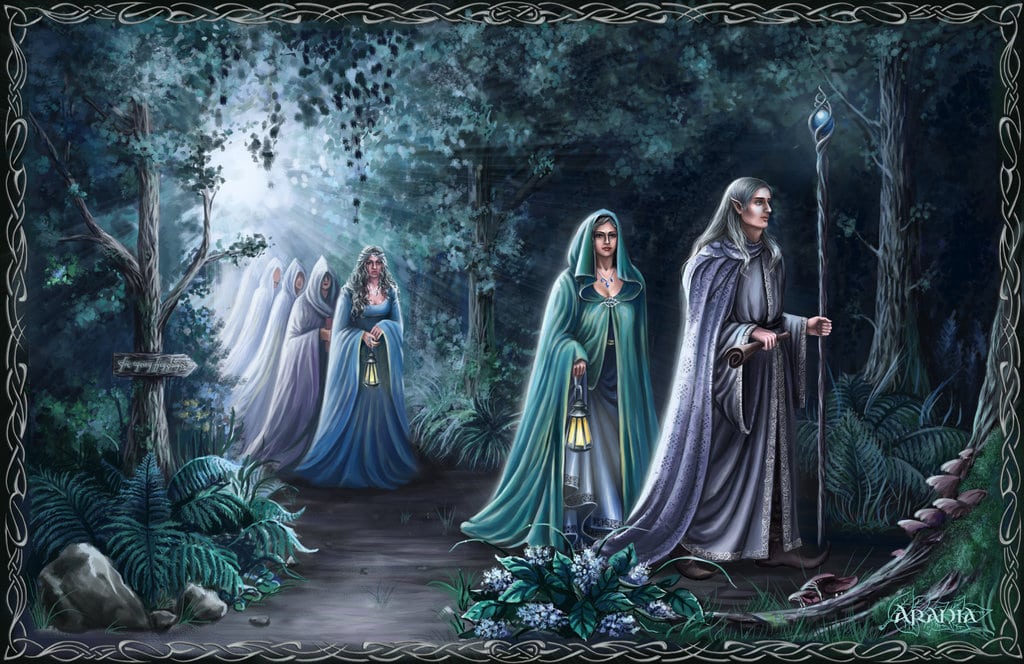
In Norse mythology, there are two different types of elves, the Dokkalfar (the dark elves) and the Ljosalfar (the light elves).
The Dokkalfar elves lived under the earth and were said to be similar to dwarves but were completely black in color. The Ljosalfar, on the other hand, was radiantly beautiful and were considered the same as the gods.
All Norse elves were very powerful and had the ability to cause human diseases as well as cure them. When elves and humans had children, they looked just like humans but possessed impressive magical and intuitive powers.
2. Huldra
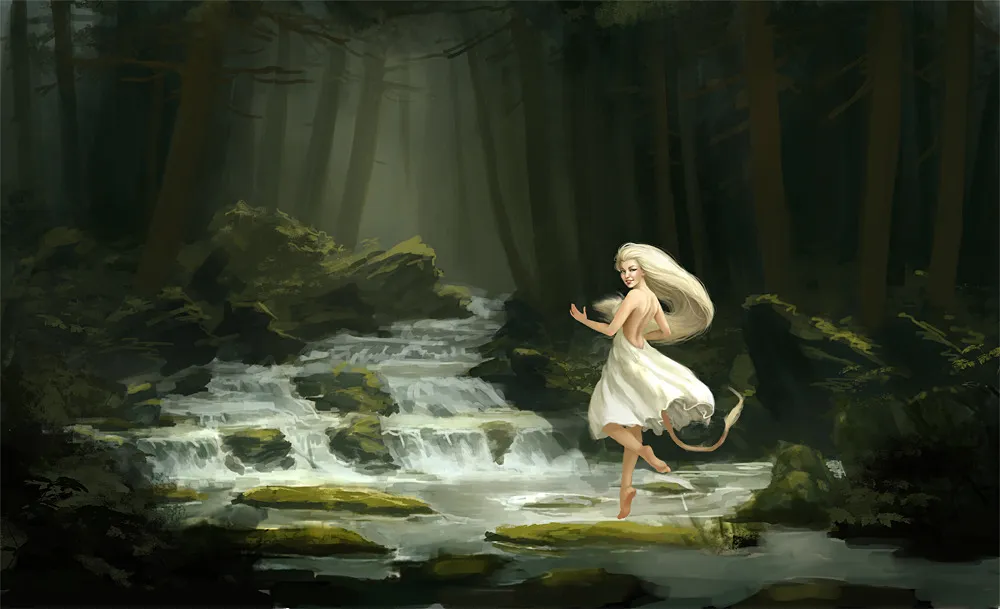
The Huldra is a female creature typically depicted as a beautiful woman with a crown of flowers and long, blonde hair, but she had the tail of a cow which made men afraid of her.
Also called the ‘warden of the forest’, the Huldra seduced young men and lured them into the mountains where she would imprison them.
According to the myth, if a young man married the Huldra, she was fated to turn into an old, ugly woman. However, on the plus side, she would gain extreme strength and lose her tail.
3. Fenrir
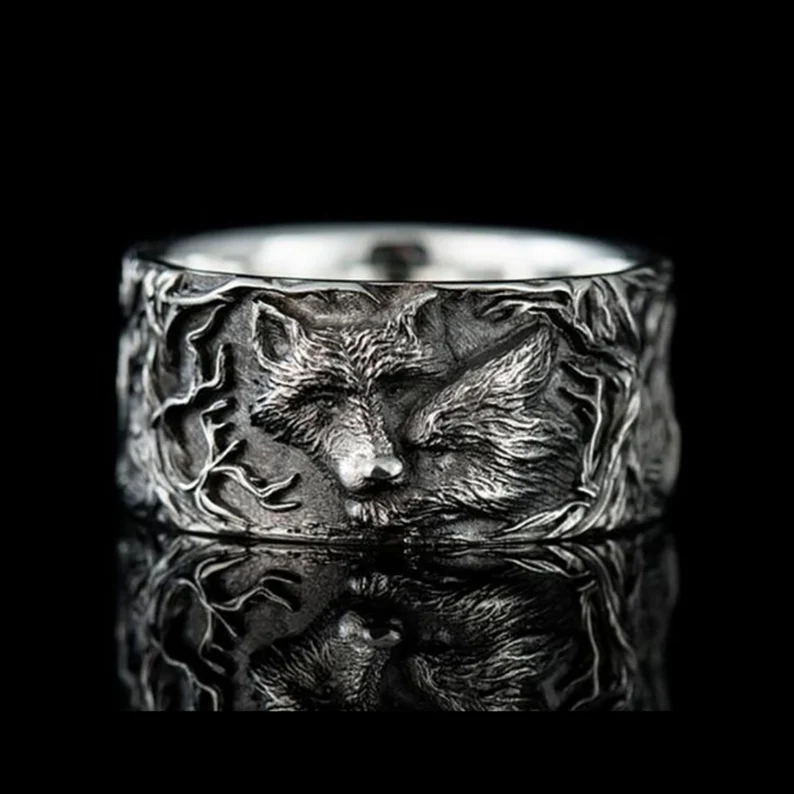
Fenrir is one of the most famous wolves in history, the offspring of Angroboda, the giantess, and the Norse god Loki. His siblings are the world serpent, Jörmungandr, and the goddess Hel. All three of them were prophesied to help bring the end of the world, Ragnarok.
Fenrir was raised by the gods of Asgard. They knew that Fenrir would kill Odin during Ragnarok, so to prevent that from happening, they had him chained with special bindings. Eventually, Fenrir was able to free himself of his bindings and would go on to fulfill his destiny.
Fenrir wasn’t viewed as an evil creature but as an inevitable part of the natural order of life. Fenrir serves as the basis of many later literary wolves.
4. The Kraken
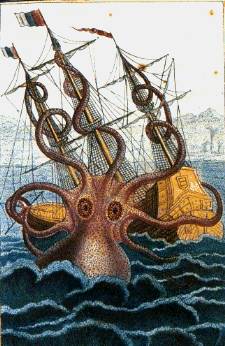
The Kraken is a famous sea monster depicted as a giant squid or octopus. In some mythical Norse tales, the body of the Kraken was said to be so large that people mistook it for an island.
If anyone set foot on the island, they would sink and die, becoming food for the huge monster. Whenever it rose to the surface, the Kraken caused large whirlpools which made it easier for it to attack ships.
The Kraken lured in fish by releasing its excrement which was thick in consistency, into the water. It had a strong, fishy smell that attracted other fish to the area for it to devour. It’s likely that the inspiration for the Kraken was the giant squid which can grow up to massive sizes.
5. The Mare
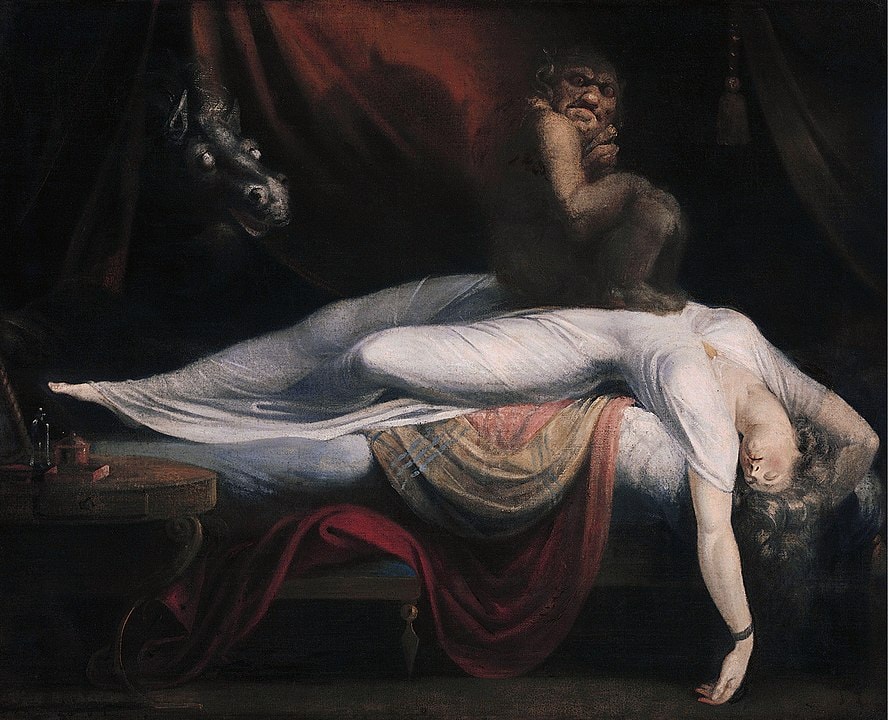
The Mare was a malicious creature in Norse mythology, known to give people nightmares by sitting on their chests as they slept. If you haven’t made the connection already, this is where we get the word nightmare from.
Many believed that this terrifying beast embodied the souls of living people who left their bodies in the night.
Some say Mares were also witches who transformed into animals like cats, dogs, frogs, and oxen when their spirits left them and wandered about. It was said that when the Mare touched living things such as people, trees, or cattle, it caused their hair (or branches) to become entangled.
6. Jormungandr
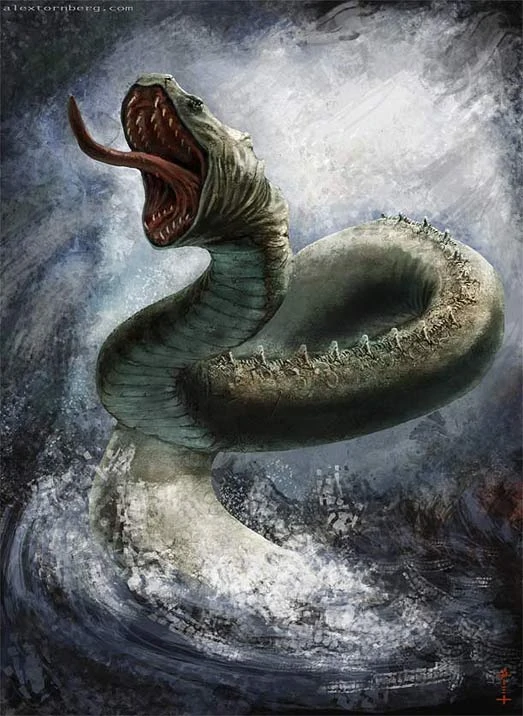
Also called the ‘Midgard Serpent’ or the ‘World Serpent’, Jormungandr was the brother of the wolf Fenrir, born to Angroboda and Loki. Like Fenrir, the World Serpent had a key role to play during Ragnarok.
The giant serpent was prophesied to grow so large that he’d encompass the whole world and bite his own tail. Once Jormungandr released his tail, however, that’d be the beginning of Ragnarok.
Jormungandr was either a snake or a dragon that Odin the Allfather threw into the sea surrounding Midgard to keep him from fulfilling his destiny.
Jormugandr will be killed by Thor during Ragnarok, but not before Thor is poisoned by the serpent’s venom.
7. Audumbla
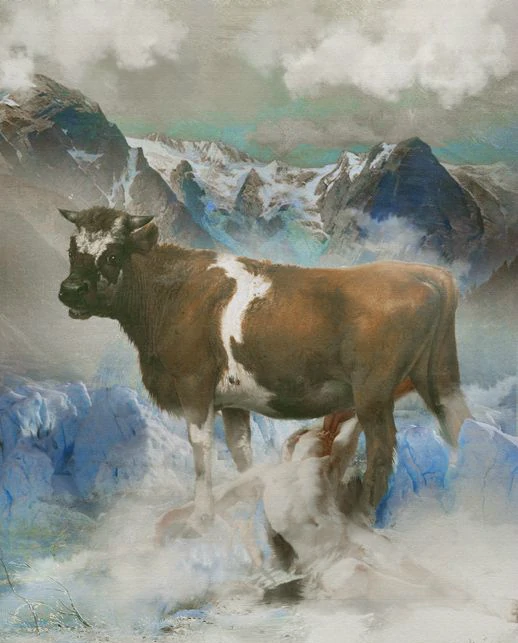
Audumbla (also spelled Audhumla) was a primeval cow in Norse mythology. She was a beautiful animal that was said to have four rivers of milk that ran from her udders. Audumbla lived on salty rime rocks which she licked away for three days, revealing Buri, the grandfather of Odin. She also nourished the giant Ymir, the primordial frost, with her milk. Audhumla was said to have been the ‘noblest of cows’ and is the only one of her kind that’s mentioned by name.
8. Nidhoggr
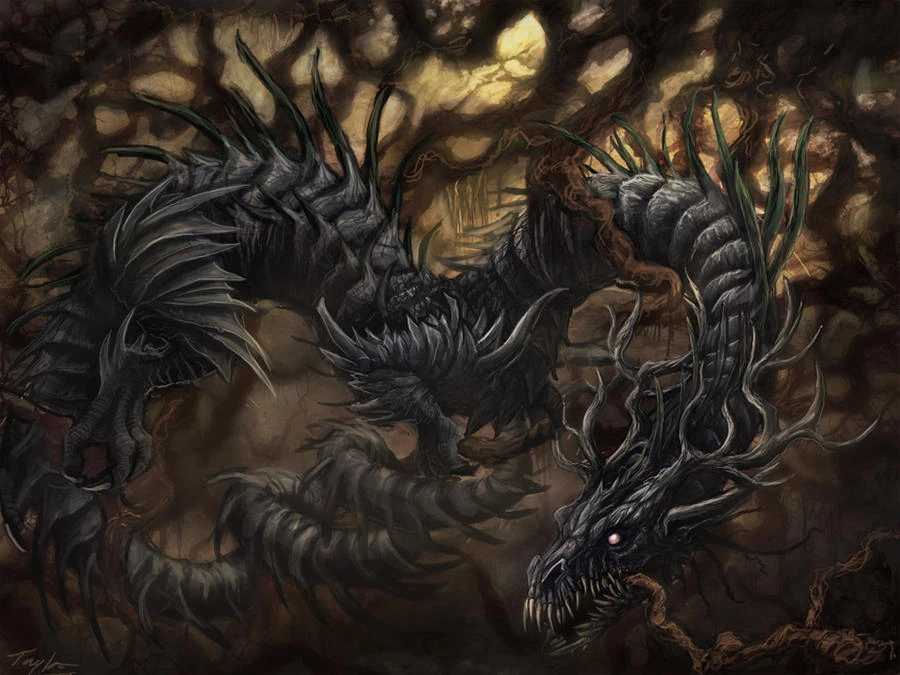
Nidhoggr (or Niddhog) was an enormous dragon with massive claws, bat-like wings, scales all over his body, and horns erupting from his head.
It’s said that he gnawed continuously at the roots of Yggdrasil, the world tree. Given that Yggdrasil was the World Tree that kept the Nine Realms of the Universe bound together, Nidhogg’s actions were literally gnawing at the roots of the cosmos.
The corpses of all criminals such as adulterers, oath-breakers, and murderers were banished to Nadastrond, where Niddhog ruled, and he waited to chew on their bodies.
9. Ratatoskr
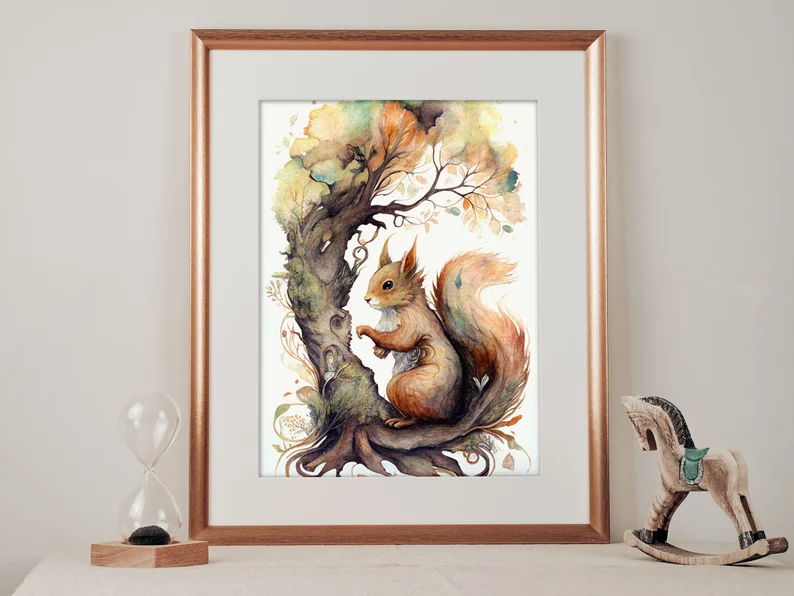
Ratatoskr was a mythical squirrel that ran up and down Yggdrasil, the Norse tree of life, delivering messages between the eagle perched atop the tree, and Nidhoggr, who lived under its roots.
He was a mischievous creature who enjoyed any chance to fuel a spiteful relationship between the two beasts by ferrying an insult to one of them every now and then and adding embellishments to their messages.
Some say that Ratatoskr was a crafty squirrel who had secret intentions to destroy the tree of life but because he lacked the strength to do it himself, he manipulated Nidhoggr and the eagle into attacking Yggdrasil.
10. Huggin and Muninn
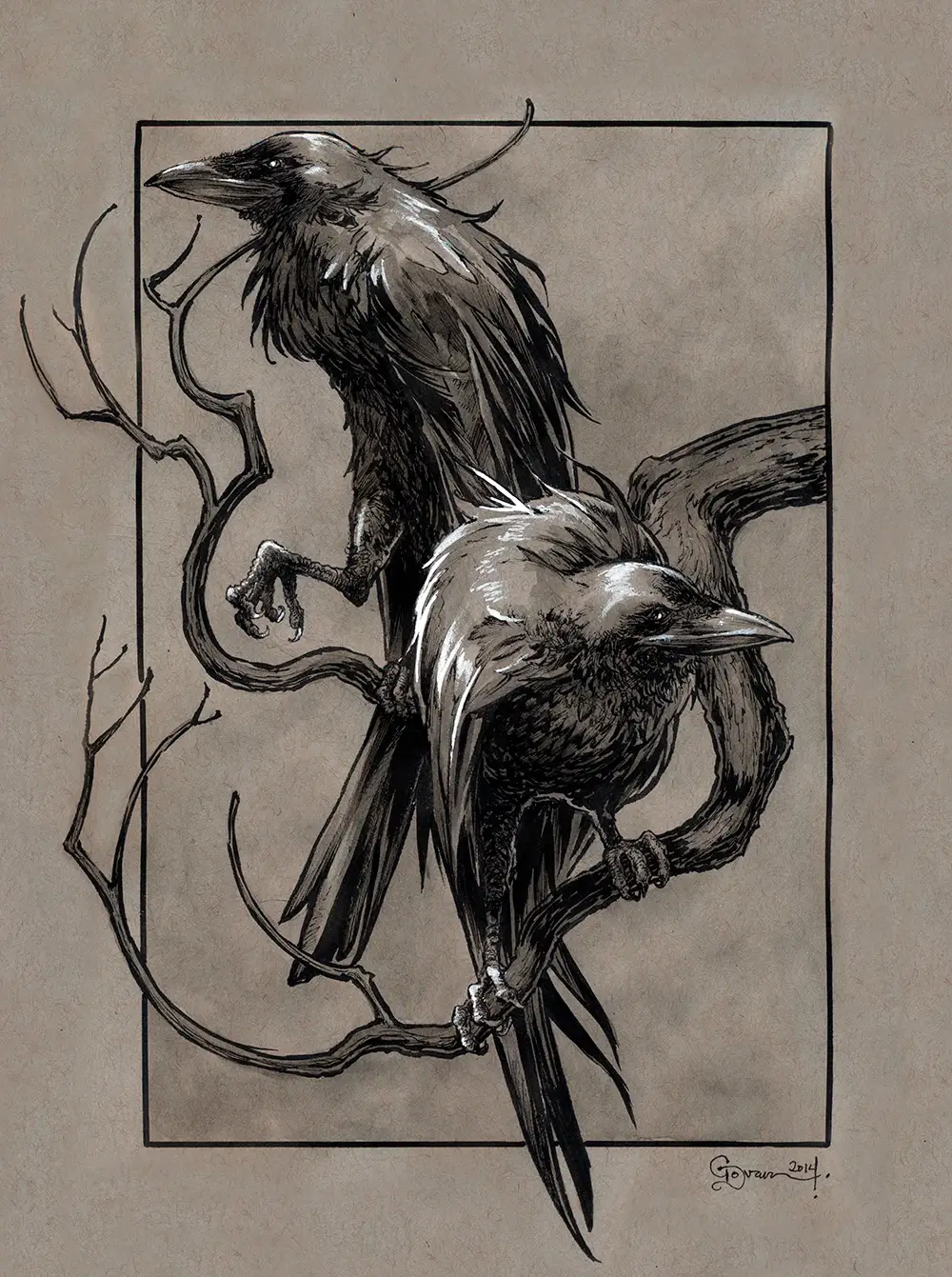
Huggin and Muninn were two ravens in Norse mythology who were helpers of Odin, the Allfather. Their role was to act as the eyes and ears of Odin by flying around their world, and bringing him information. When they returned, they would sit on his shoulders and whisper t everything they had seen during their flight.
The two ravens symbolize Odin’s omnipotence and vast knowledge. Although they were pets, Odin paid more attention to them than he did to his own mortal and heavenly subjects. They were even worshipped by the Nordic people and depicted with Odin on many artifacts.
11. Norns
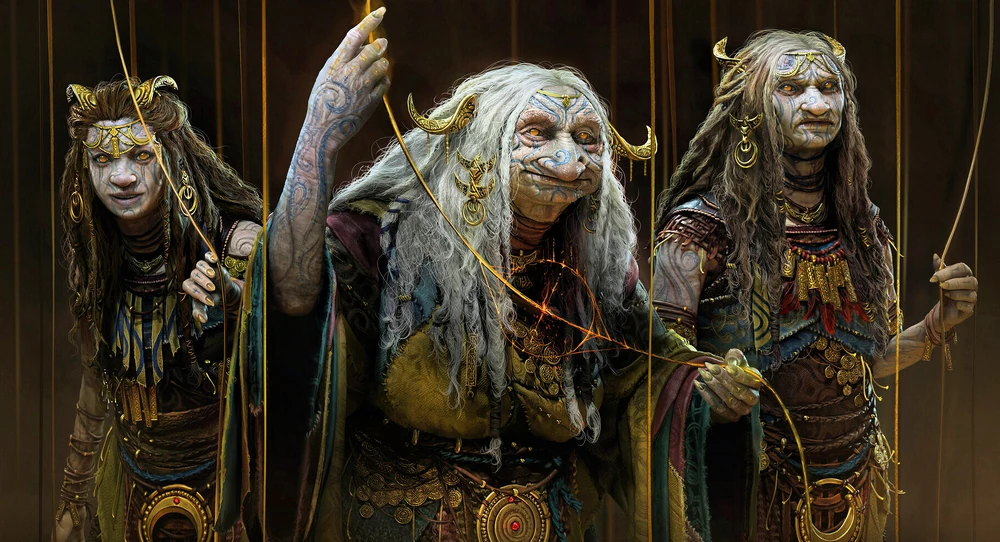
Arguably, the Norns are the most powerful beings of all in Norse mythology – they govern the lives of gods and mortals, and they decide what is going to happen, including when and how. There were three Norns whose names were:
- Urðr (or Wyrd) – meaning The Past or just Fate
- Verdandi – meaning What Is Presently Coming into Being
- Skuld – meaning What Shall Be
The Norns are somewhat similar to the Fates of Greek Mythology. The Norns were also responsible for taking care of Yggdrasil, the tree that held the nine worlds together. Their job was to keep the tree from dying by taking water from the Well of Urd and pouring it on its branches. However, this care only slowed down the death of the tree but didn’t prevent it entirely.
12. Sleipnir

Sleipnir was one of the most unique creatures in Norse mythology. He was the horse of Odin and had eight legs, one set of four at the back and one in the front so that he could keep one in each of the realms.
His ‘mother’ was Loki, the Norse god who had turned himself into a mare and was impregnated by a stallion. This makes Sleipnir the only creature in Norse myth borne of two fathers.
Sleipnir was a powerful and beautiful steed with a stormy grey coat and was described as the best of all horses. Odin took great care of him and always rode him when going to war.
13. Trolls
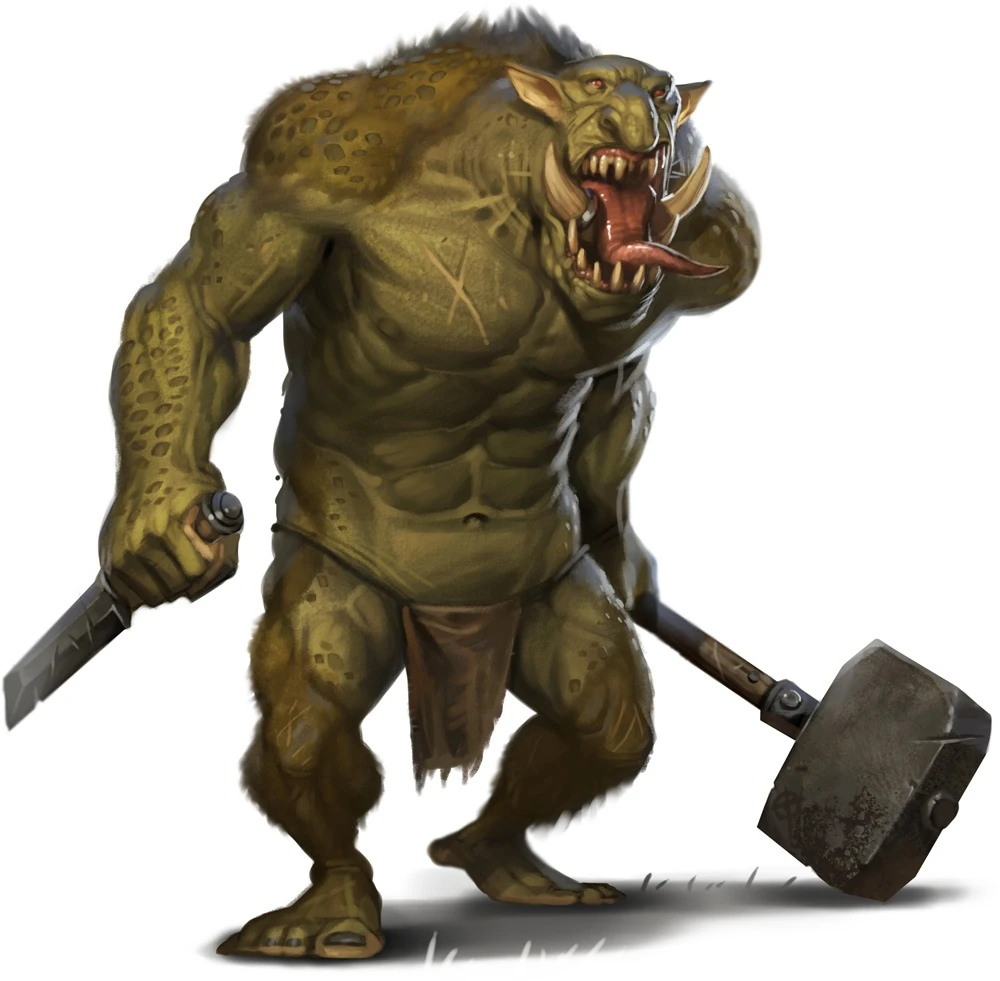
There were two types of trolls in Norse mythology – ugly trolls that lived on mountains and in forests, and small trolls that looked like gnomes and lived underground.
Both types weren’t known for their intelligence and were quite malevolent, especially towards humans. Many of them possessed magical and prophetic powers.
It’s said that the many boulders in the Scandinavian countryside were created when trolls got caught in the sunlight, which turned them into stone. Some of the boulders landed there when the trolls used them as weapons.
14. Valkyrie

Valkyries were female spirits who served Odin in battle. While many of the Valkyries in Norse myths had their own names, they were usually viewed and talked about as a homogeneous party of beings, all sharing a common purpose.
Valkyries were beautiful and elegant maidens with white skin and hair as golden as the sun or as black as the dark night. It was their job to choose who would die in battle and who would live, using their powers to cause the death of those they didn’t favor.
It was also their role to take the slain heroes to Valhalla, home of Odin’s army, where they waited, preparing for Ragnarok.
15. Draugar
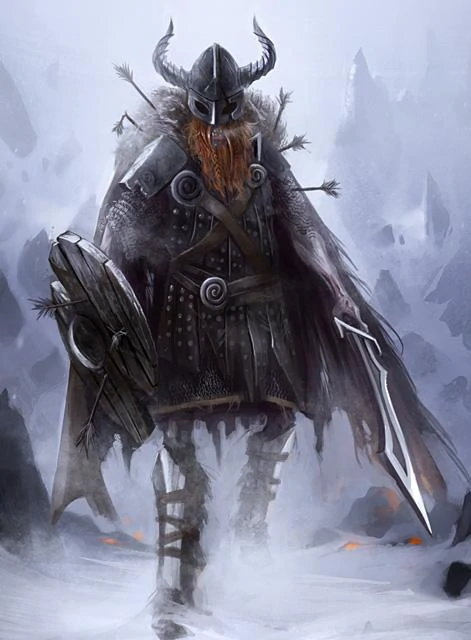
The Draugar (singular draugr) were hideous creatures that looked like zombies and possessed superhuman strength. They had the ability to increase their size when they wanted and swallow a person whole. They smelled strongly of decaying bodies.
Draugar often lived in their own graves, defending the treasure they were buried with, but they also wreaked havoc on the living and tortured people who had done them wrong in life.
It’s said that the Draugar can die a second death if destroyed in some way such as being burned or dismembered. Many people believed that if they were greedy, unpopular, or evil in life, they would become Draugar after they died.
Wrapping Up
Although the creatures of Norse mythology are fewer in number than those found in Greek mythology, they make up for it in uniqueness and ferocity.
They remain some of the most wondrous and unique mythological creatures ever to exist. What’s more, many of these creatures have influenced modern culture and can be seen in modern literature, arts, and movies.




